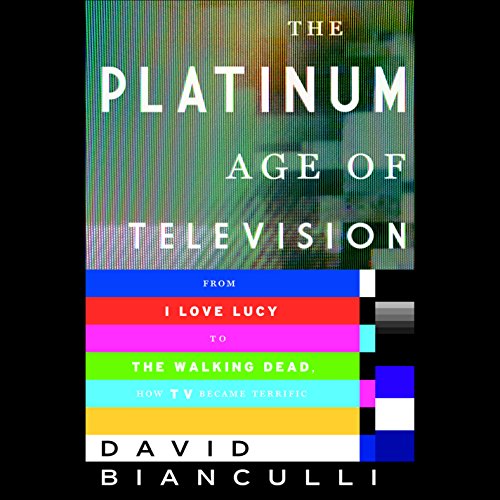
Television shows have now eclipsed films as the premier form of visual narrative art of our time. This new book by one of our finest critics explains – historically, in depth, and with interviews with the celebrated creators themselves – how the art of must-see/binge-watch television evolved.
Darwin had his theory of evolution, and David Bianculli has his. Bianculli’s theory has to do with the concept of quality television: what it is and, crucially, how it got that way. In tracing the evolutionary history of our progress toward a Platinum Age of Television – our age, the era of The Sopranos and Breaking Bad and Mad Men and The Wire and Homeland and Girls – he focuses on the development of the classic TV genres, among them the sitcom, the crime show, the miniseries, the soap opera, the Western, the animated series, and the late-night talk show. In each genre he selects five key examples of the form, tracing its continuities and its dramatic departures and drawing on exclusive and in-depth interviews with many of the most famed auteurs in television history.
Television has triumphantly come of age artistically; David Bianculli’s book is the first to date to examine, in depth and in detail, and with a keen critical and historical sense, how this inspiring development came about.
